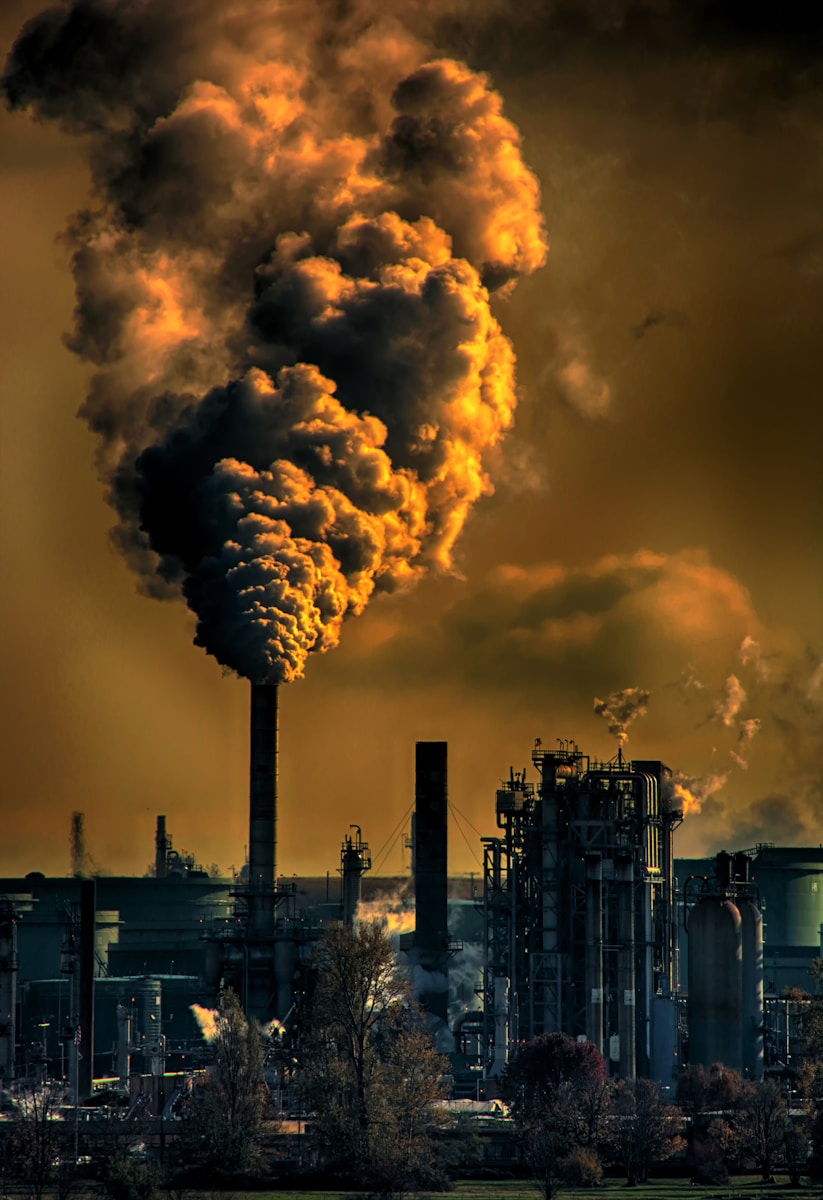
The climate crisis is becoming an ever more present threat, not just to the environment but to human health as well. In what might sound like the synopsis of a dystopian novel, dark surfaces in the ocean—previously ice—are now absorbing solar heat with unprecedented efficiency, accelerating the melting of polar ice and contributing to extreme weather conditions worldwide.
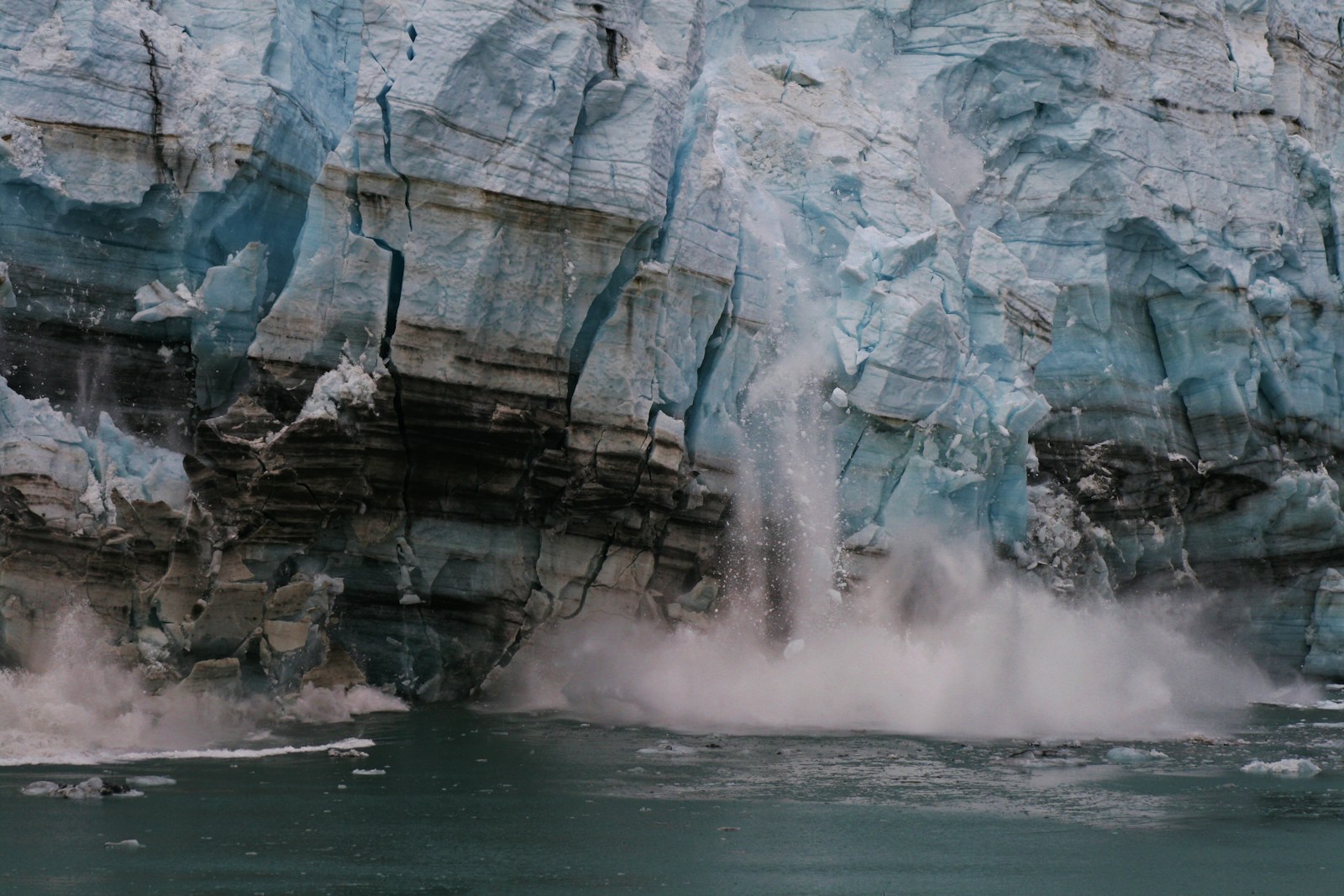
This was the stark warning delivered by health and environmental expert Sonthi Kotchawat of the Thai Environment Academics Association, who took to social media to highlight the perilous consequences of global warming.

Sonthi’s comments on Facebook highlight a fundamental shift in the Earth’s albedo effect, where the smooth, translucent surfaces of ice chunks, which used to reflect 80% of sunlight, now, when melted into murky flakes that mix with seawater, absorb up to 90% of the Sun’s heat.

A significant expansion of this phenomenon has already been documented, covering approximately 13.45 million square kilometers of ocean globally, leading to temperatures soaring to record highs, as witnessed in Thailand during this year’s summer.

Human health is at the center of the impacts triggered by this climatic upheaval. The US Environmental Protection Agency (EPA) elucidates how climate change exacerbates health problems, including respiratory and heart diseases, and fosters the spread of infectious diseases like Lyme disease and West Nile Virus. It’s not just the immediate threats—violent crime and mental health issues are also on the rise due to climate-induced stress.
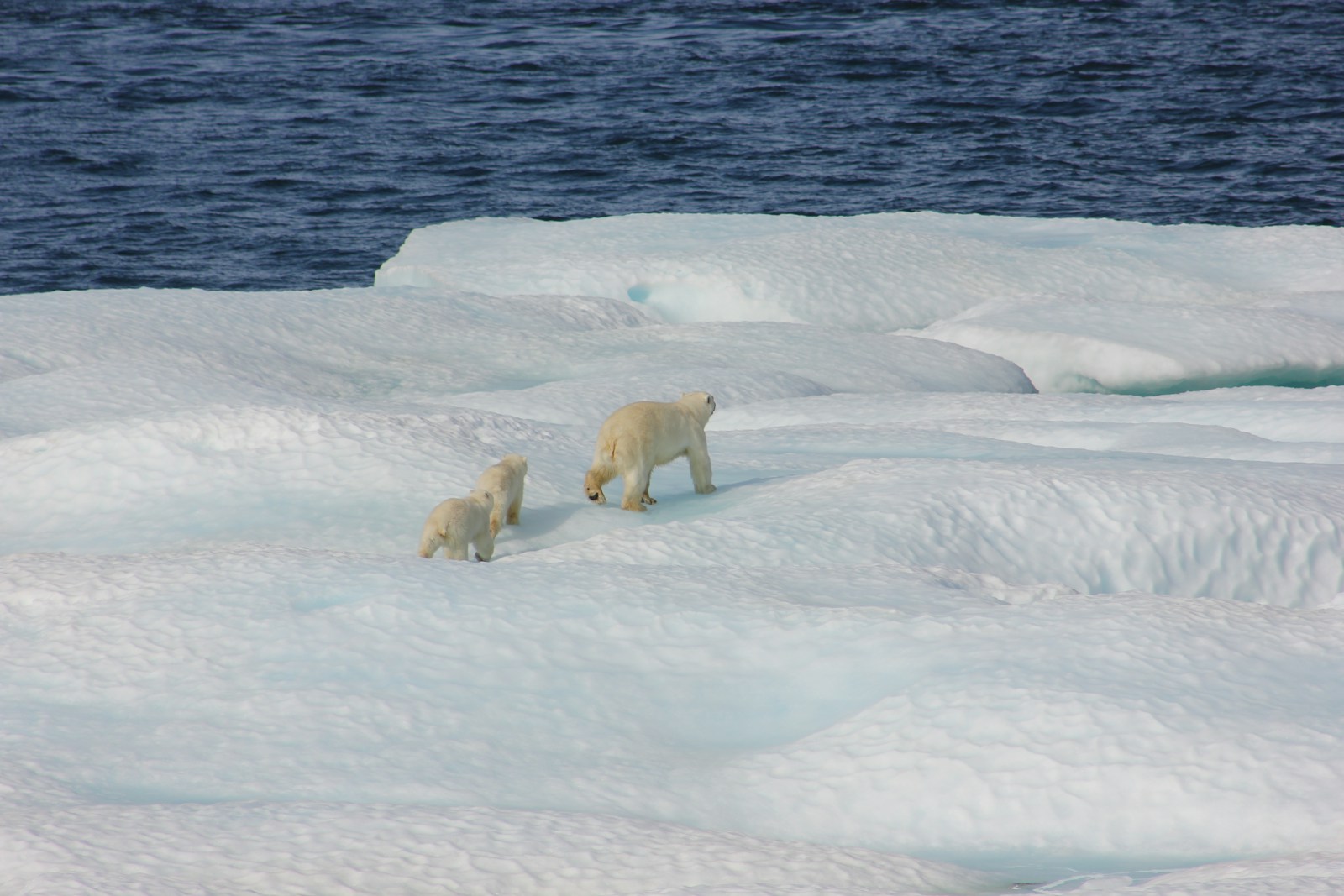
As climate change continues to challenge the stability of our world, Sonthi advises people to prepare for “extreme heat in the summer, extreme cold in the winter, and more rains and storms during the rainy season.” The variability in weather patterns, including hot weather in winter or vice versa, poses additional health hazards.
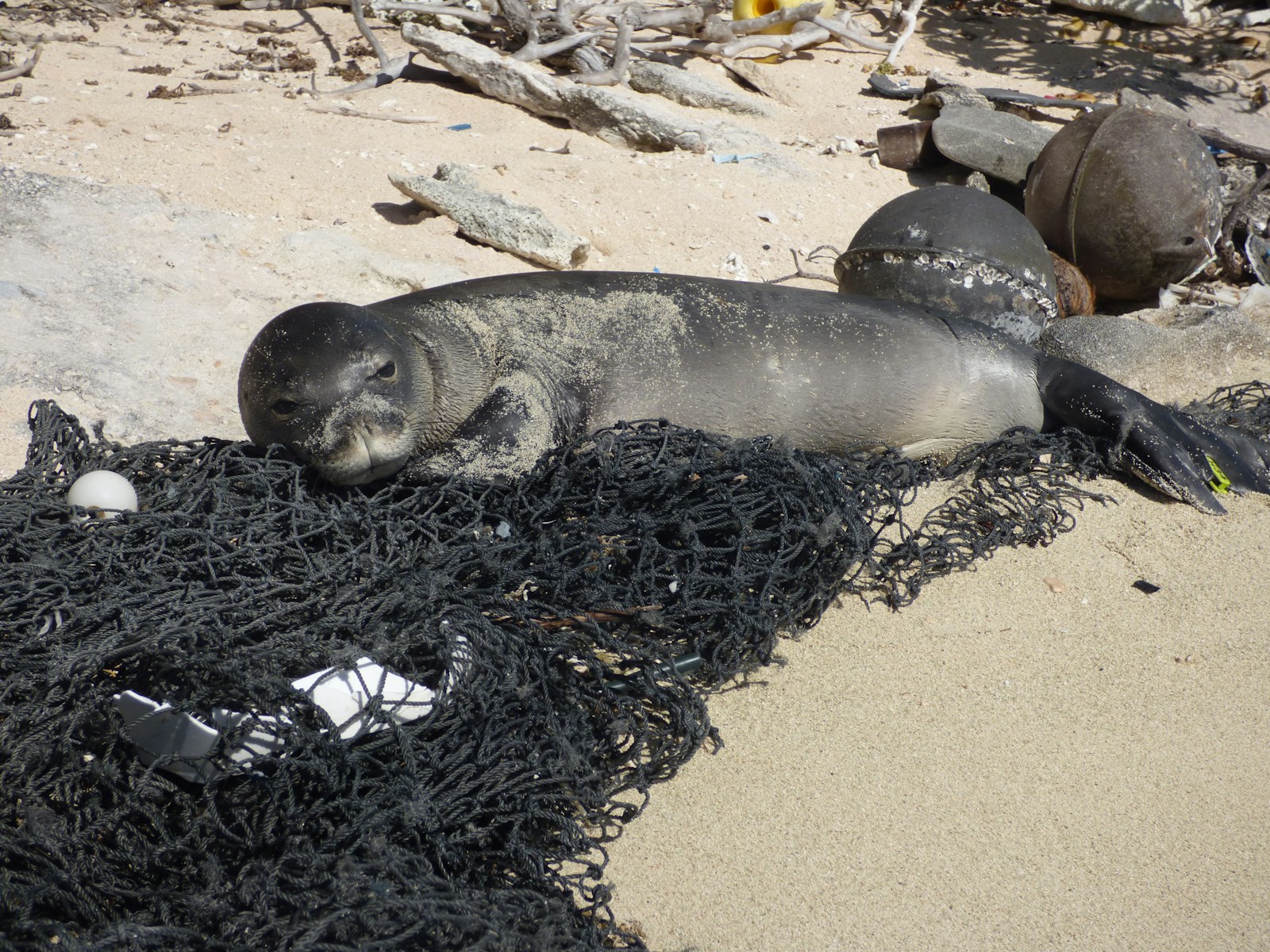
The World Health Organization (WHO) provides a sobering global perspective, estimating that climate change could cause 250,000 additional deaths per year between 2030 and 2050 from malnutrition, malaria, diarrhoea, and heat stress.
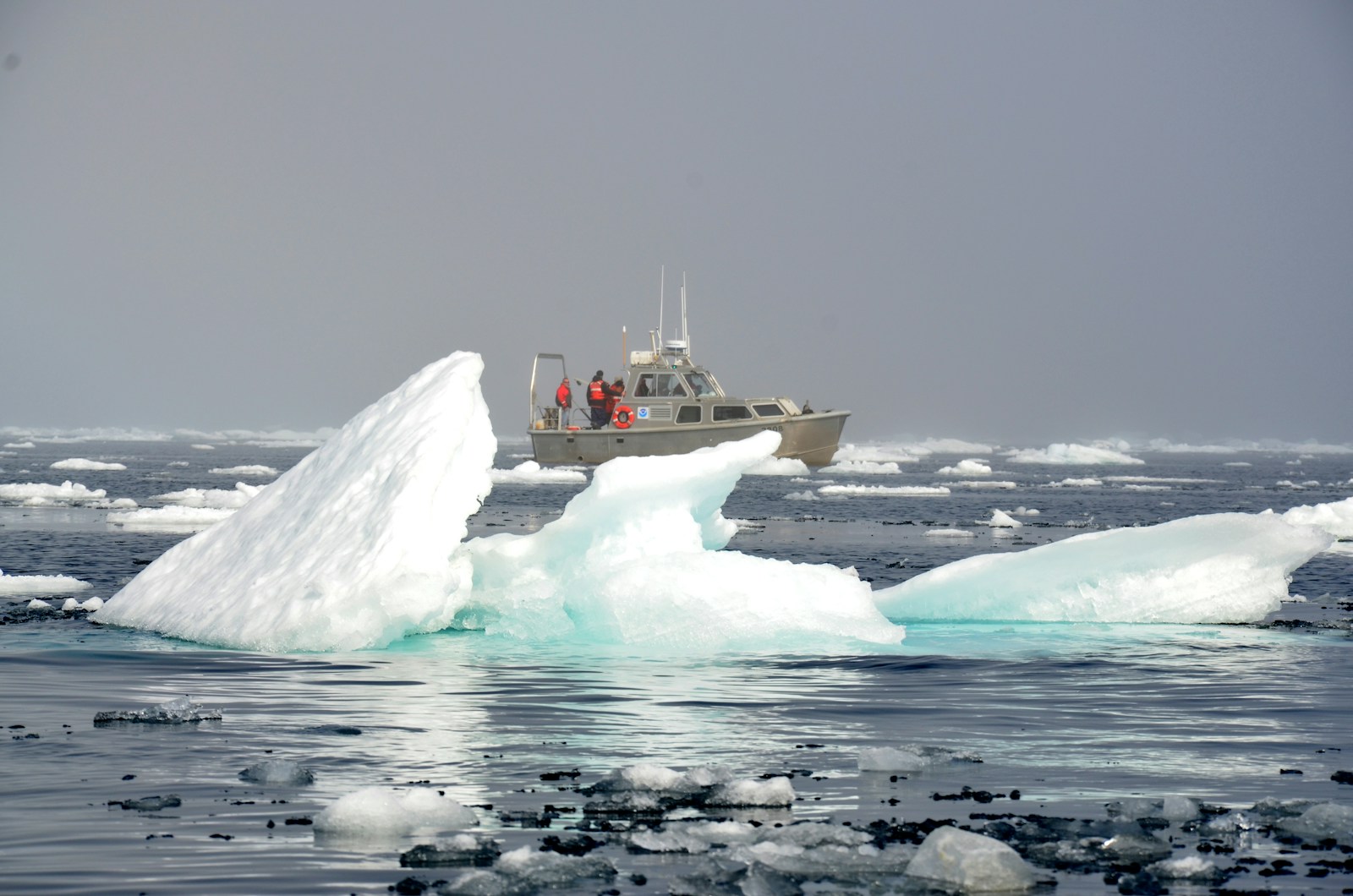
The financial toll on health is equally alarming, with direct damage costs projected to be between US$ 2–4 billion per year by 2030.
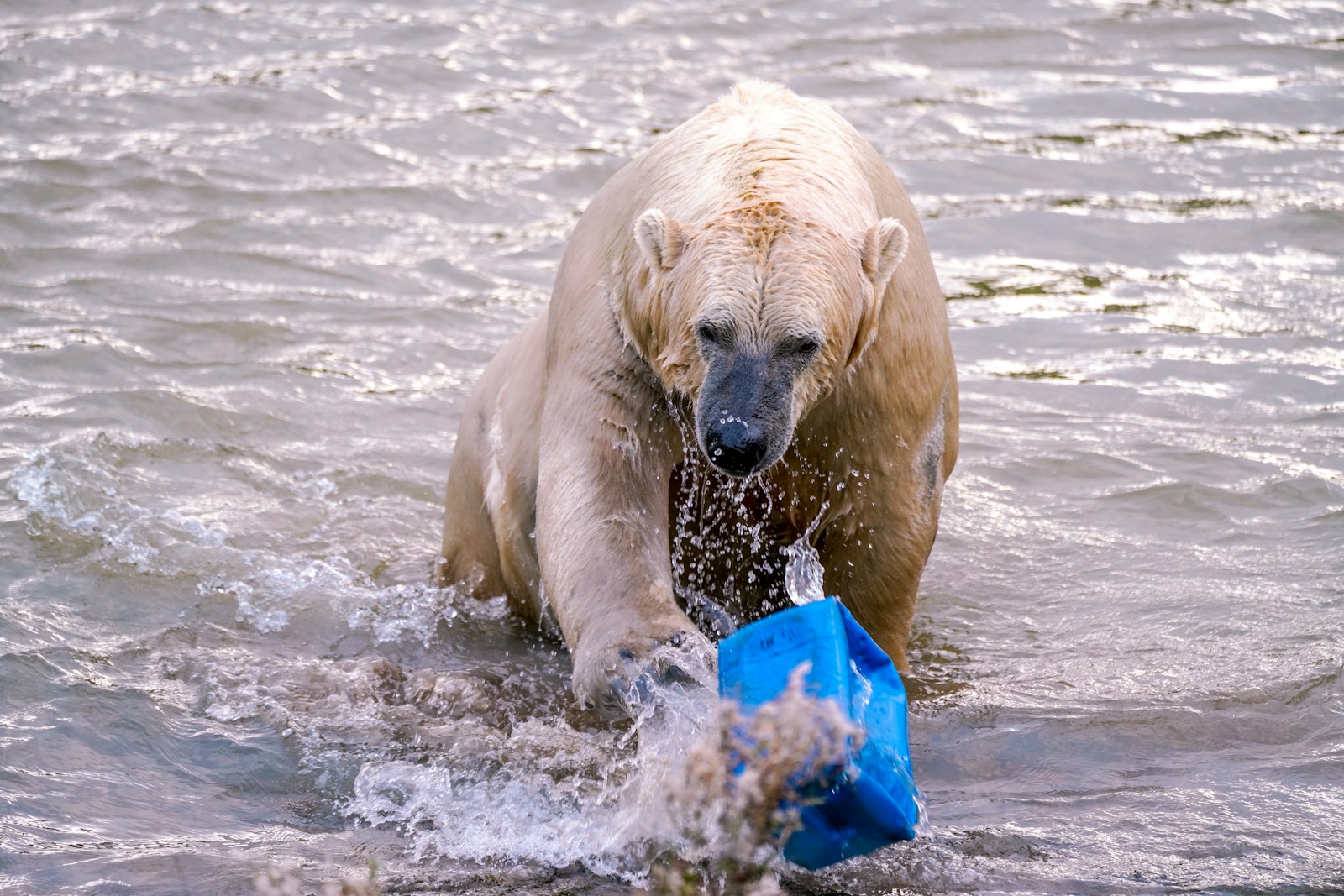
Developing countries with weaker health infrastructures are particularly vulnerable, and climate change acts as a threat multiplier, potentially reversing decades of progress in health and development.
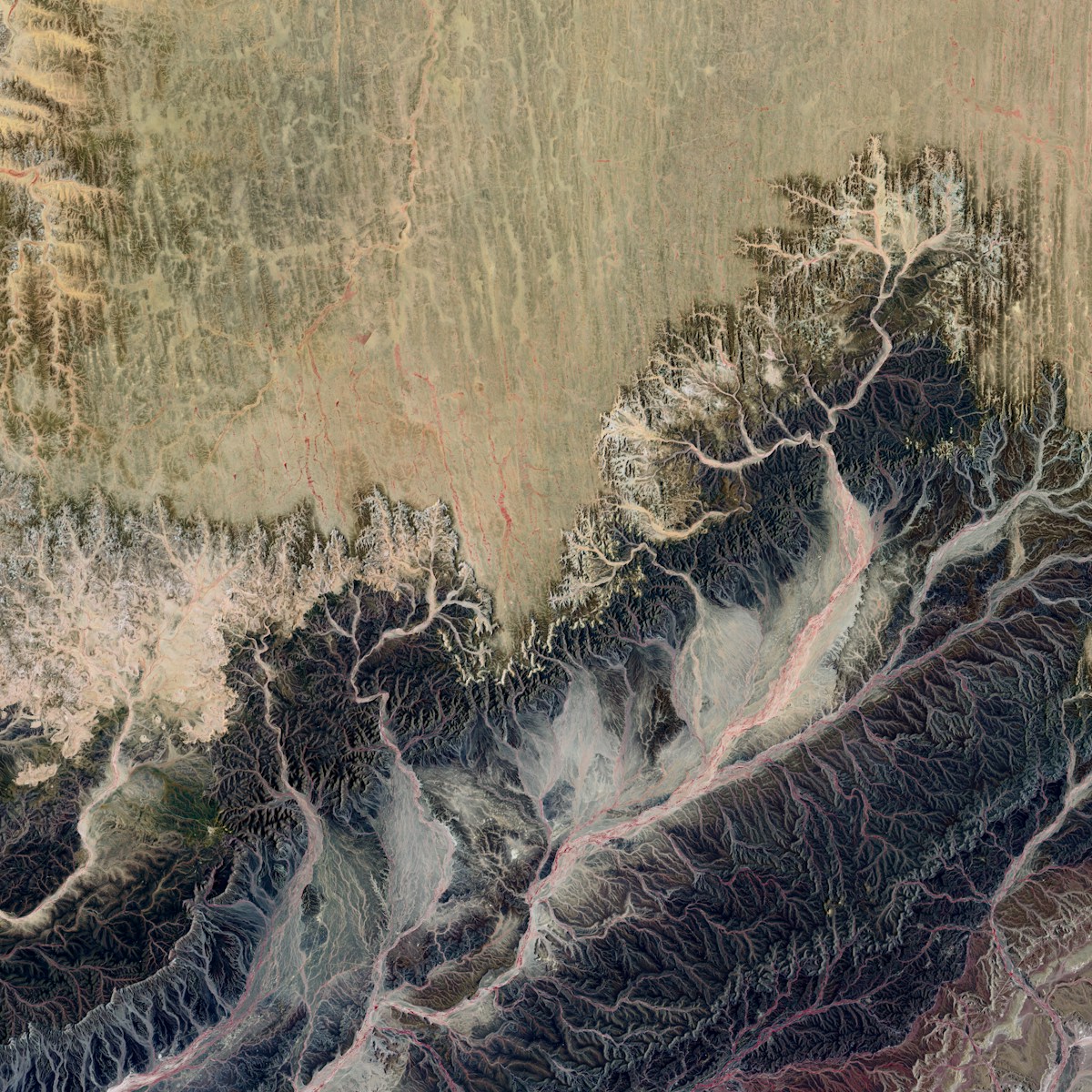
As Sonthi forecasts a possible 1.8-meter rise in sea levels by 2100 if the current rate of polar ice melt continues, the WHO is calling for urgent action to avert catastrophic health impacts and the reversal of half a century’s advancements in global health.

According to recent research, 37% of heat-related deaths can now be attributed to human-induced climate change, with heat-related deaths among those over 65 increasing by 70% in the last two decades.

In an article published in JAMA, a team of infectious diseases experts, including lead author George R. Thompson, is urging more awareness and preparedness in the medical field to combat the impact of climate change on the spread of diseases.

They suggest a proactive approach, with clinicians maintaining “a high index of suspicion of diseases on the move,” and advocate for policies that can slow climate change.
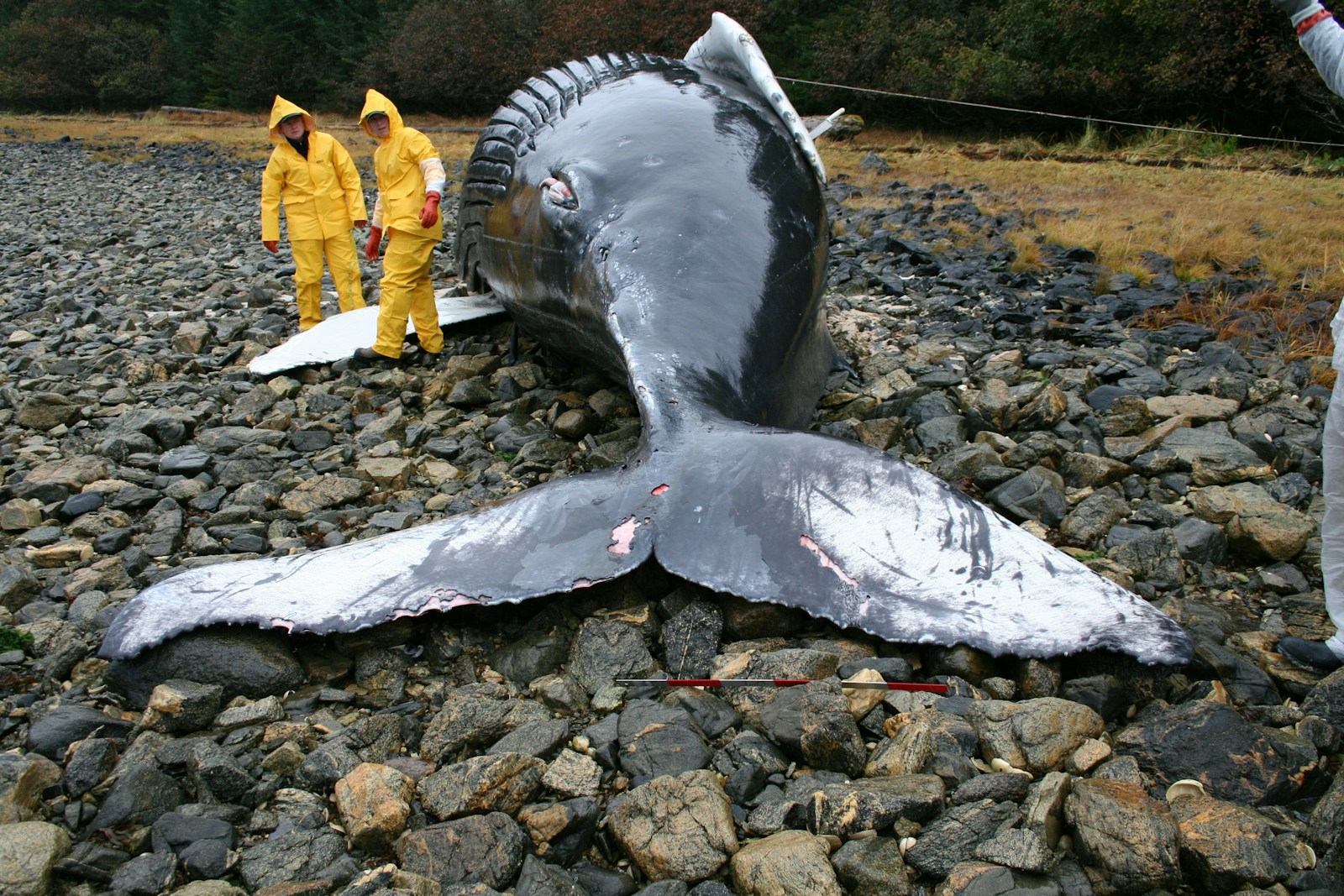
The message from the scientific community is clear: climate change is not just an environmental issue, but a health emergency. As we witness the transformation of our planet’s physical and biological systems, the call to action is loud and pressing. The medical community, policymakers, and individuals must all participate in mitigating this crisis and safeguarding the well-being of current and future generations.
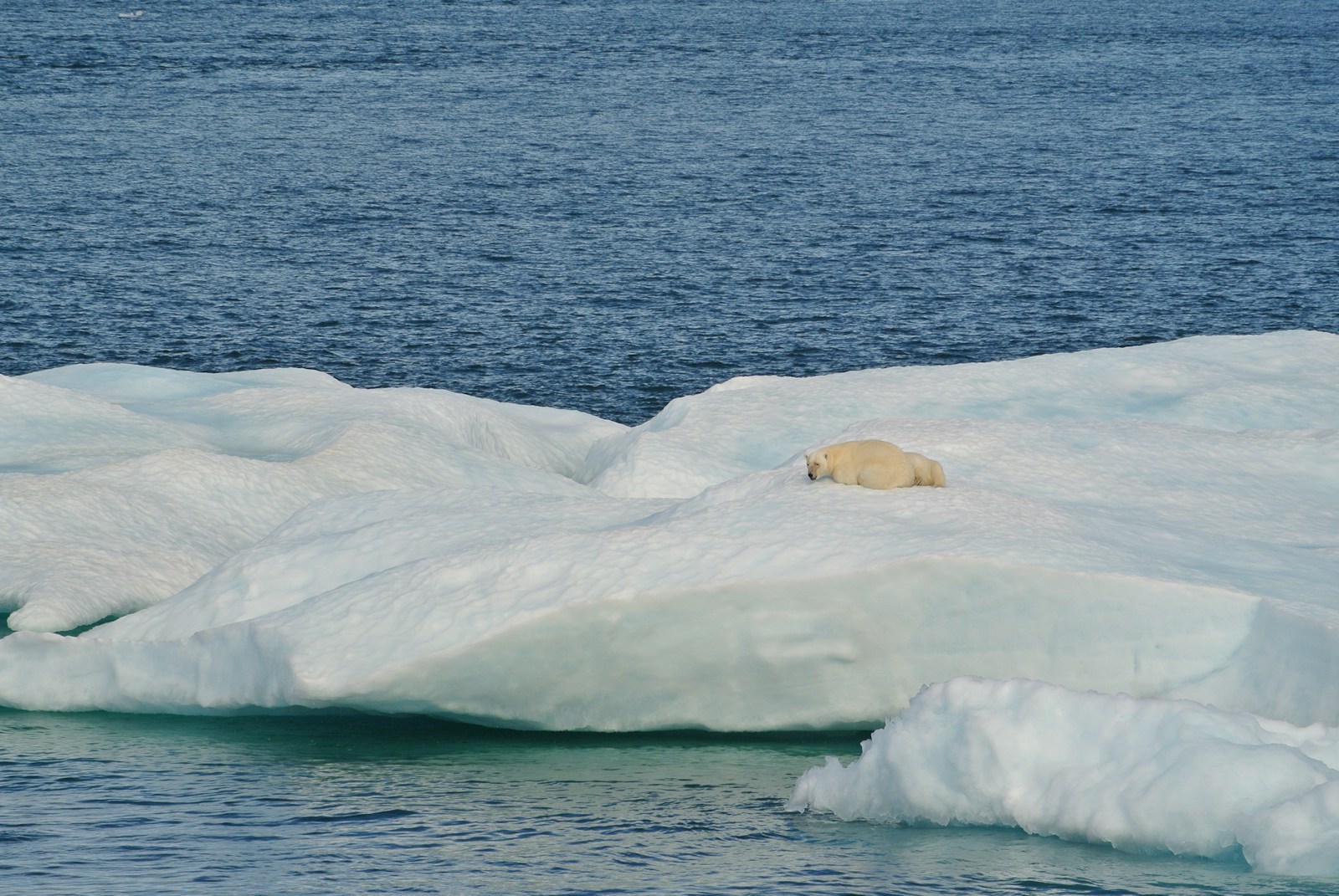
While the situation is dire, there is still room for strategic response, adaptation, and resilience—but the window for effective action is rapidly closing.
Relevant articles:
– Expert warns of increased health risks to humans from climate change, Nation Thailand
– Climate Change and Human Health, epa.gov
– Climate change, World Health Organization (WHO)
– Experts warn climate change will fuel spread of infectious diseases, UC Davis Health

